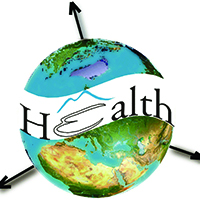Reducing bias in risk indices for COVID-19

All claims expressed in this article are solely those of the authors and do not necessarily represent those of their affiliated organizations, or those of the publisher, the editors and the reviewers. Any product that may be evaluated in this article or claim that may be made by its manufacturer is not guaranteed or endorsed by the publisher.
Authors
Spatiotemporal modelling of infectious diseases such as coronavirus disease 2019 (COVID-19) involves using a variety of epidemiological metrics such as regional proportion of cases and/or regional positivity rates. Although observing changes of these indices over time is critical to estimate the regional disease burden, the dynamical properties of these measures, as well as crossrelationships, are usually not systematically given or explained. Here we provide a spatiotemporal framework composed of six commonly used and newly constructed epidemiological metrics and conduct a case study evaluation. We introduce a refined risk estimate that is biased neither by variation in population size nor by the spatial heterogeneity of testing. In particular, the proposed methodology would be useful for unbiased identification of time periods with elevated COVID-19 risk without sensitivity to spatial heterogeneity of neither population nor testing coverage.We offer a case study in Poland that shows improvement over the bias of currently used methods. Our results also provide insights regarding regional prioritisation of testing and the consequences of potential synchronisation of epidemics between regions. The approach should apply to other infectious diseases and other geographical areas.
How to Cite

This work is licensed under a Creative Commons Attribution-NonCommercial 4.0 International License.
PAGEPress has chosen to apply the Creative Commons Attribution NonCommercial 4.0 International License (CC BY-NC 4.0) to all manuscripts to be published.










